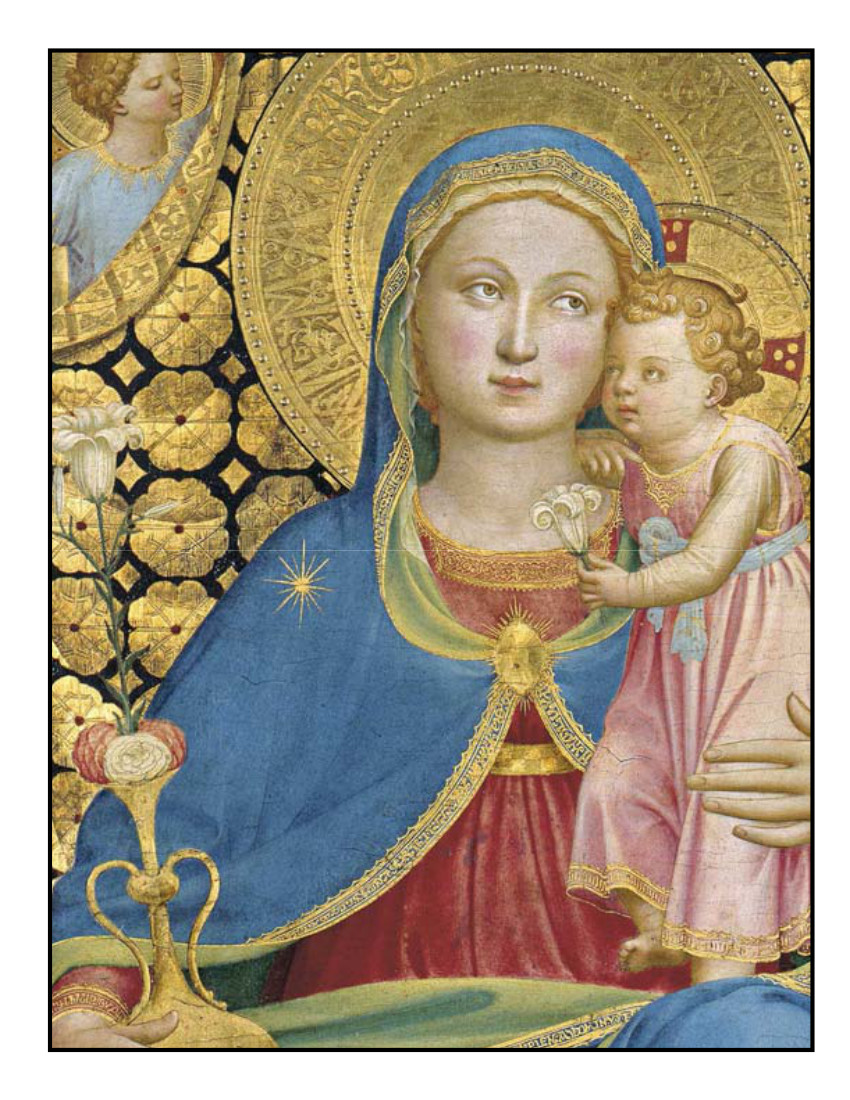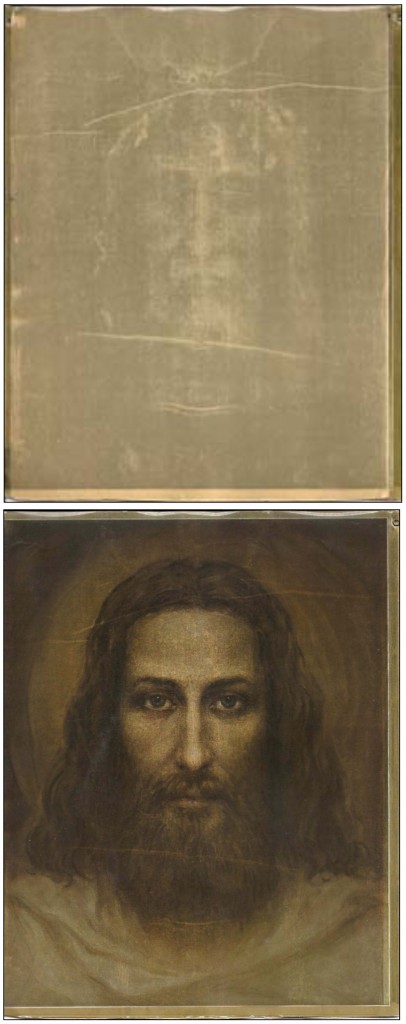Conference I
(Pastor’s Note from the Mary Immaculate of Lourdes Parish Bulletin for February 21, 2016)
Our Theme for our Parish Lenten Mission this year is: THE PUBLIC LIFE OF JESUS: FROM JORDAN’S BANK TO JERUSALEM. The visible Life of Our Lord Jesus Christ may be divided among five distinct phases: 1) The Sacred Infancy, 2) The Hidden Life, 3) The Public Life, 4) The Sorrowful Passion, and 5) The Glorified Life, or “The Great Forty Days” (from Easter Sunday to Ascension Thursday). It is this Third Phase, the Public Life of Our Lord Jesus, which we will make the focus of these Friday Lenten Conferences.
The Four Gospel Books of Inspired Scripture—Matthew, Mark, Luke and John—give us many details of Jesus’ Public Life, but they are distinctive narratives in their own right. It is only natural, however, that Christians should want to organize the material of the Four Gospel Books into one comprehensive linear narrative, a “great story” which we can remember and keep close to us as we hear the various readings of the Gospel proclaimed in church from year to year. One such comprehensive narrative is an article from the 1910 Catholic Encyclopedia entitled “Jesus Christ” by Jesuit scholar A.J. Maas. This is the source I will use to re-trace the course of Jesus’ Public Life.
How long was this “Public Life” of Jesus of Nazareth? Fr. Maas presents the case that it endured for three years and some months based on the evidence from St. John’s Gospel that there were four distinct Passovers observed during Jesus’ Public Life.
The first occurred shortly after Jesus’ Baptism in the Jordan River by St. John the Baptist, when Christ cleansed the Temple in Jerusalem for the first time: “And the Passover of the Jews was at hand.” (John 2:13) The second is mentioned in John 4:45: “And when [Jesus] was come into Galilee, the Galileans received Him, having seen all the things He had done at Jerusalem on the festival day: for they also went to the festival day.” (Fr. Maas argues that this unnamed festival is most likely Passover.) The third is the reference point for the miracle of the multiplication of the loaves and fishes in John, Chapter 6: “Now the Passover, the festival day of the Jews was near at hand.” (John 6:4) The fourth and last Passover is Holy Week: “Jesus, therefore, six days before the Passover, came to Bethany, where Lazarus had been dead whom Jesus raised to life.” (John 12:1)
These three-and-a-half years (roughly) of the Public Life of Jesus may be fit into the Roman chronology between December A.U.C. 778 and March A.U.C. 782. The Romans counted their years from the mythical founding of their City of Rome. (A.U.C. stands for ab urbe condita, “from-the-founding-of-the-City”.) Comparing the evidence from the Gospels to the record of historical events at this time, we know that Jesus of Nazareth was born in the last year’s of the reign of King Herod and that He began His Public Life “In the fifteenth year of the reign of Tiberius Caesar, Pontius Pilate being governor of Judea… And Jesus Himself was beginning about the age of thirty years: being (as it was supposed) the son of Joseph.” (Luke 3:1. 23.) If Herod’s date of death in Roman chronology was A.U.C. 750, then Christ could have been born between A.U.C. 747-749. Tiberius Caesar began his associate reign with Augustus in A.U.C. 764. Fifteen years later was A.U.C. 778. Depending upon His actual year of birth, Our Lord could have been 29-32 years at the beginning of His Public Life and 32-34 years at His Crucifixion. (Because the Christian chronology of A.D., “Anno Domini”, in-the-Year-of-the-Lord was invented centuries after these events and projected back in time, the Year A.D. 1 is off by about 4 years. That is, it is four years late. The Birth of Christ would had to have been between the years 3-1 B.C. in actual history, making the years of the Public Life A.D. 25-29.)
Christ’s Public Life has a discernible pattern of distinct missionary journeys. There are nine of them. The first six took place in the region of Galilee, while Jesus used the city of Capharnaum as the center of His ministry. The final three missionary journeys took Our Lord south into the Jewish heartland of Judea. So, in the course of Our Lord’s Public Life, the people of His own Jewish nation living in Galilee and Judea would have had the knowledge of acquaintance of Him. They had unparalleled opportunity to hear Jesus’ voice, to behold His Sacred Face, to feel the warmth of His human sympathy for them. What would we not give to have a day of it! An hour of it! They had three-and-a-half years! And still… many of them would not have Him. Theirs was a positive rejection. As Christ says, as He weeps over Jerusalem on Palm Sunday: “Thou hast not known the time of thy visitation.” (Luke 19:44)
Over the next Five Conferences we will follow Our Lord Jesus on His missionary journeys: we will trace His paths together, taking note of the major markers along the way. And then, we will follow Him into Jerusalem on Palm Sunday, and we will watch Him as He goes before us to the Cross in order to accomplish our Redemption.











 On Holy Saturday after our Easter Vigil, one of our parishioners Bill Provencher put into my hand a copy of a Polish Catholic magazine in which his family was featured about a great favor they had received through the intercession of (then-Blessed) Gianna Beretta Molla, the “martyr-mother”: the safe-andhealthy birth of their youngest child Elizabeth “Biz” Gianna. I knew their story since I had been part of the prayer-chain at the time it had happened, and I was most moved to see the story reported on and publicized in another country no less.
On Holy Saturday after our Easter Vigil, one of our parishioners Bill Provencher put into my hand a copy of a Polish Catholic magazine in which his family was featured about a great favor they had received through the intercession of (then-Blessed) Gianna Beretta Molla, the “martyr-mother”: the safe-andhealthy birth of their youngest child Elizabeth “Biz” Gianna. I knew their story since I had been part of the prayer-chain at the time it had happened, and I was most moved to see the story reported on and publicized in another country no less.